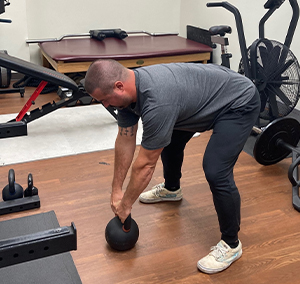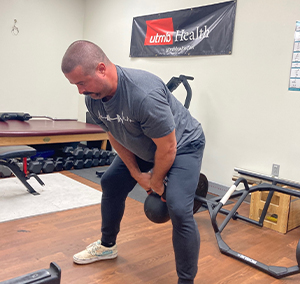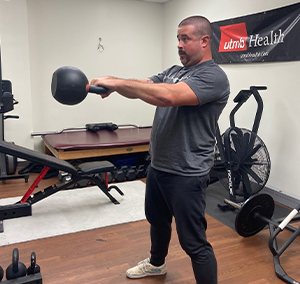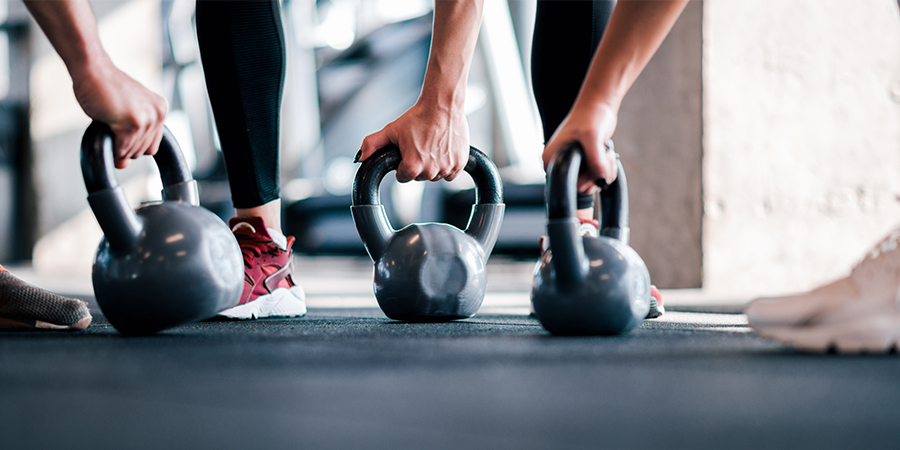Physcially demanding work often results in injury patterns that need prevention and attention.
By improving your physical strength and conditioning, you can perform your job better and reduce the likelihood of work-related injuries.
So why aren’t more of us doing that?
“Not having enough time is a standard excuse for not exercising,” said C. Tyler Morrison, an exercise physiologist with UTMB Health Rehabilitation Services.
“If you can’t do 60 minutes of exercise, you can do five,” he said.
Dedicating at least five focused minutes can condition and add resilience while mitigating the physical toll on your body.
And if you can find five minutes once a day, then maybe you can also find another five minutes during your day.
Morrison suggests finding three times a day to work in a five-minute microdose exercise session.
Microdosing exercise
Getting in a good workout that does your body the most good in five minutes is science. Tyler calls is mircodosing, and he creates five-minute routines for his clients.
Just because you are doing a quick microdosing of exercise, the goal is to build your stamina.
“Although we are microdosing, the idea is to slowly increase your total duration over the day,” Morrison said.
Start with five minutes, then build on it when you’re able, he advises.
“Knowing what you’re doing in that five minutes and why you’re doing it will make a big difference,” Morrison said.
“And it gets you into the habit-development mindset you need,” he added.
Choosing moves
It makes sense to strengthen and condition the parts of your body you are most likely to hurt on the job.
Three common musculoskeletal ailments often interfere with EMS work. You may have felt all of these:
- Shoulder pain
- Low-back pain
- Patella or femoral pain
You can’t prevent everything, but you can customize a workout to help you be stronger, healthier and more flexible. You also can prevent some future pain and prolong your career.
Do it right
Choosing the right exercises for a microdosing session is key, Morrison said. These exercises should include your basic daily movements—squatting, lunging, pushing, pulling and carrying. Add some core work and conditioning to that, he said.
Work to strengthen the body’s ability to protect itself using resistance bands or kettlebells. (See the sidebar for instructions on how to do a kettlebell swing the right way.)
“Whether it is doing a sun salutation pose or resistance training, whatever exercise you choose you should do it correctly,” Morrison said.
“Intensity is relative. Focusing mindfully on the quality of the movement is just as important as the number of reps.”
Want to know more?
If you want help creating your own five-minute exercise routine or if you want your EMS crew to experience an in-service session on microdosing exercises, contact Morrison at chmorris@ utmb.edu.
KETTLEBELL SWING STEP-BY-STEP
Step 1:
Create a triangle with your feet and the kettlebell. This is performed only once at the beginning when picking the bell up off the floor.

Step 2:
Pull to the back swing

Step 3:
Drive to hip extension

